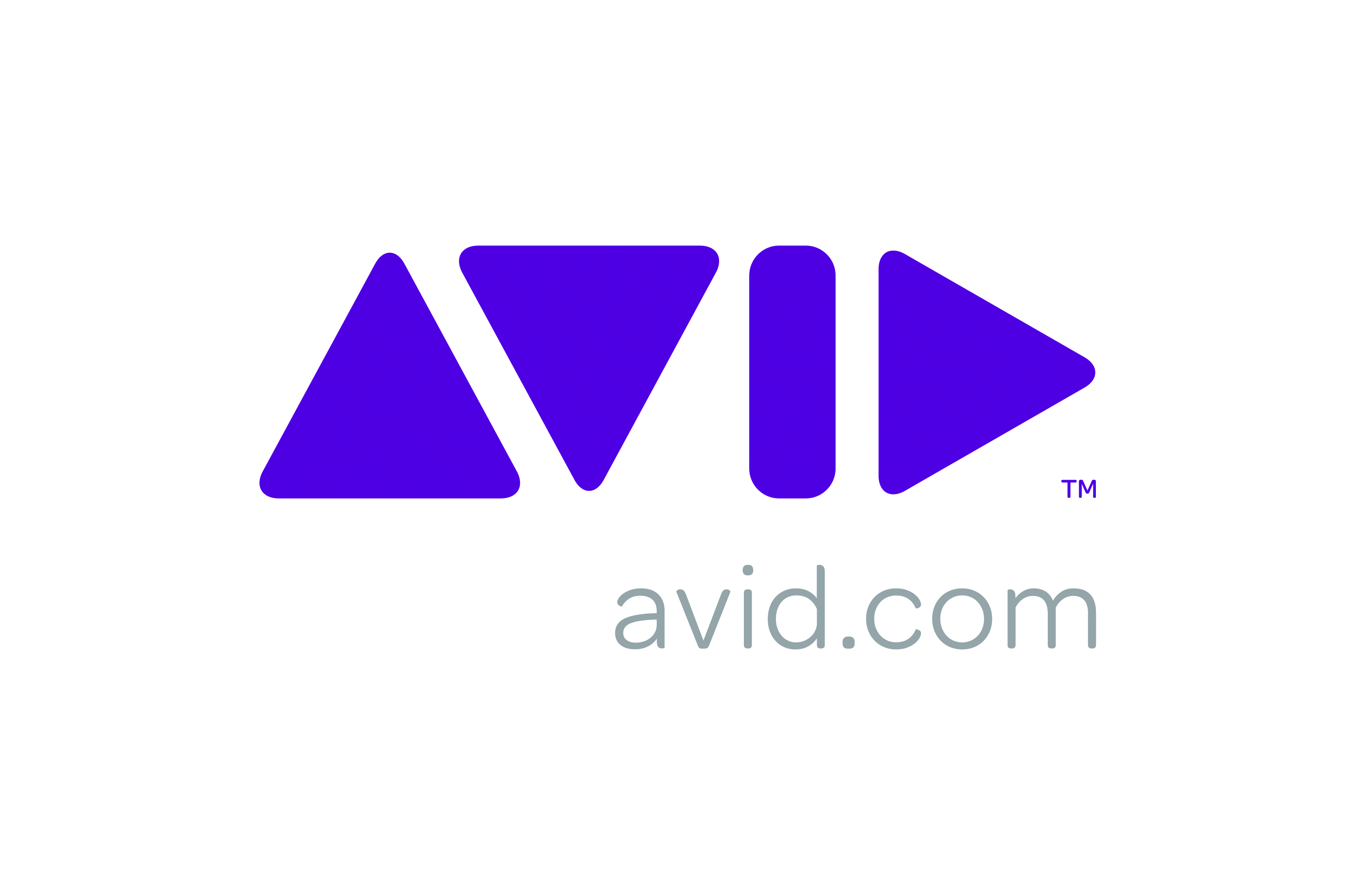Avid Unveils Integrated Media Platform Framework
After spending years developing systems
to help programmers and producers move content seamlessly through the entire
high-definition production process, Avid is expanding beyond its traditional
business.
The vendor said it will launch a Integrated Media Enterprise framework that
is designed to help clients better utilize their content both on the production
and business side of their operations.

The new Integrated Media Enterprise framework product was created to address media companies'
growing need to better integrate their production and business processes to
respond to rapid technological changes and develop new revenues in a difficult
economic climate, Avid executives said.
These industry-wide pressures have been particularly notable
in the transition to high-definition TV, in which broadcasters, programmers and
producers have spent huge sums to upgrade their facilities but have not seen a
resultant uptick in revenues.
"We already have a very efficient end-to-end platform for HD
production systems [that offers] a single-file based workflow that creates
great efficiencies and speed to air," said Avid director of enterprise segment
marketing Patrick McLean.
The Integrated Media Enterprise framework expands on that Avid's traditional strength
in the production workflow with a media asset-management system that makes it
easier for different parts of the company to collaborate and "to extract all
the value from assets and content that is very expensive to produce," he added.
"A lot of organizations have grown up in a somewhat siloed
way, which was party determined by technology and partly determined by
businesses that grew up separately," he noted. "The business environment that
we find ourselves in now is really shaking that up. It is becoming critical for
large organizations to enable collaboration across all their business. The
online and broadcast parts of the organization, for example, have to be integrated
and harmonized across each other."
The smarter way to stay on top of the multichannel video marketplace. Sign up below.
As part of the development of MEP, Avid spent nearly 18
months talking to customers about their business needs. In January, it acquired
the German media asset-management specialist Blue Order.
A key component of the new platform is the use of what
software developers call "service-based architecture" and "Web services." This
architecture uses open standards to integrate various systems so they can be
easily expanded and customized to offer a variety of solutions.
That means customers will adapt much faster to technological
changes and integrate Avid and non-Avid systems into the Integrated Media Enterprise framework , thus preserving their
existing tech investments, McLean noted.
"Because the business models and technology are changing so
rapidly customers have stressed their need for a platform that will allow them
to jump on the opportunities as they arise," he said. "To do that they need a
very flexible, open platform and [we've responded] with an extremely open
system that is not predicated on Avid services to be valuable."
Potential clients include television, broadcast, government,
educational, production, film and multichannel players. "In a multichannel or
multiplatform environment, we're offering a media asset management system that
has the capability of delivering an asset and repurposing it for a lot of
different places as well as tying [the information about that content] into
reporting, accounting and the business systems," he noted.
While the system's advantages are particularly evident in a large
organization, Avid executives argue that
Integrated Media Enterprise framework will also be valuable to smaller
producers being squeezed by declining programming budgets.
"They need to dig out efficiencies and extract more value
from what they produce," McLean said. "This will give
them better visibility into their assets and their workflow processes."
Avid senior director, broadcast and asset management, Craig
Dwyer added that Integrated Media Enterprise framework would also make it easier for companies to find new
revenues from online video and other newer distribution platforms.
"Many producers have sold their content to terrestrial
but haven't done much with all the additional distribution opportunities
because there wasn't an easy way to do it," Dwyer said. "With the success of
some of these IP computer-based platforms, like Hulu or the new player
Microsoft has launched in Europe, they need to find a way to exploit those
newer distribution platforms" and track their content through a more complex
windowing process.
